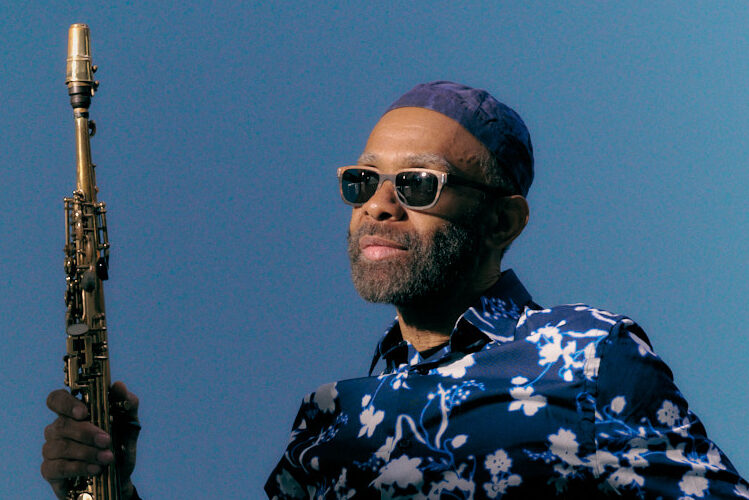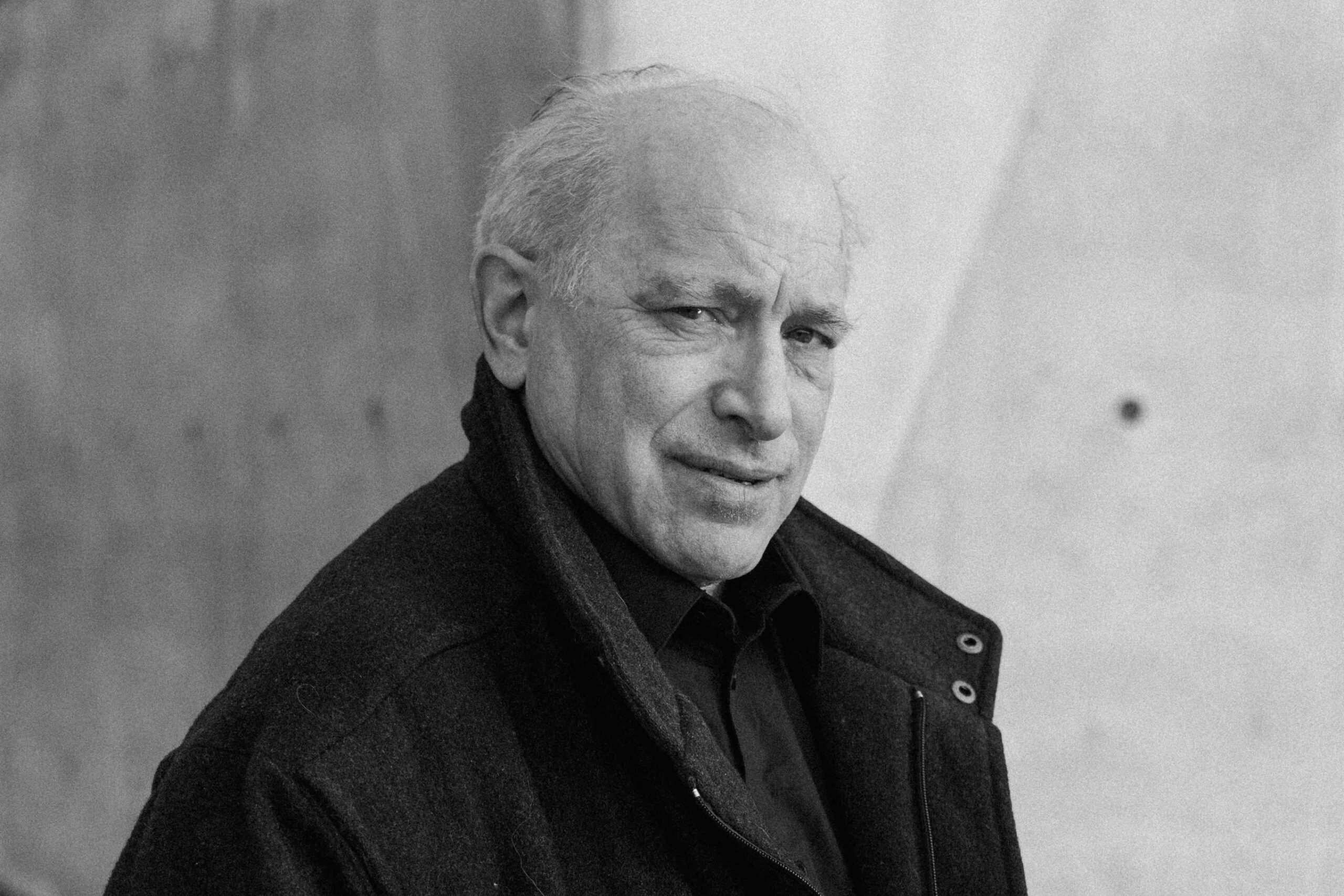Human Nature: A Conversation with Nate Wooley (Part Two)
|
Getting your Trinity Audio player ready...
|
In the second part of our discussion with Nate Wooley (check out part one here), we cover the importance of silence, lessons learned from Ron Miles and Anthony Braxton, drone music, and the demystification of experimental music.
PostGenre: The special guests – Trevor Dunn and Mat Maneri – add to the album, but some of the most powerful moments on Ancient Songs of Burlap Heroes is when the group is paired down, particularly in the final interlude. How did that track come together?
Nate Wooley: Whenever my wife and I are in Maine, we go to a beach named Jasper Rock Beach. We love to sit on the beach for hours and listen to the waves go out between the rocks. It makes such an incredible sound, and I knew that I wanted recordings of those sounds, more for my wife and me to listen to than to release as part of a record. But as I was finishing Ancient Songs, I listened to the music and kept visualizing the sea and how the sound of the waves through the rocks would be a great way for the album to disintegrate into nothing. The track goes on a bit longer than I think anyone would find comforting. I think anyone else would have ended it two or three minutes earlier. But the extended length gives the feeling of slow and continuous disintegration.
PG: The track’s extended length seems to make the silence at its end more profound.
NW: I hoped that listeners would experience that track in that way. I have played a lot of music by the French composer, Éliane Radigue. Her music is extraordinarily quiet. It is very difficult to play on the trumpet because everything is supposed to come from and go back to, silence. When her music is played well, by the end of the piece you almost physically feel the silence enter the room again. It is an incredible feeling. I hoped to replicate that at the end of Ancient Songs. I felt like the last track was less the sound of the album fading out and more the silence of the room filling in.
PG: How did the interludes, in general, come about?
NW: I intended the interludes to serve as transitions between songs, but I also wanted to use them to create a story. I wanted the album to feel almost like an epic poem in sound. In that sense, the interludes serve as points of transitions. I have been a big fan of the Argonauts and other seafaring myths of old and the journey of travelers. In a way, the transitions act as if everyone is getting back on the boat again. You are reminded that the band is moving from one place to another. I also wanted to give a feeling of place so you are not just sitting down and listening to a record with three tunes on it. Instead, the album almost demands you sit and listen to it from beginning to end. It brings you into a different world.
PG: The interludes, particularly the final one, also allow you to better showcase your unique voice on the horn. Do you find that you are particularly drawn to other artists with unique voices? No one else sounds like Susan or Mary, as two examples.
NW: I am and have been for a long time. To me, having a unique voice on your instrument is the ultimate goal. There is a point in music where you can come close to mastering your instrument – no one ever completely masters their instrument- and you start to consider what you are going to do with your skills. You try to reflect in sound who you are as a person. When you play as yourself, you never get bored. If instead, you focus only on becoming a faster or better reproduction of something that has come before, you will quickly lose interest in the music. The most exciting thing about playing music is the fact that you never come to the end of it. I’ll never quite get where I want to go.
I also think the uniqueness of one’s voice on their instrument connects back to the desire to touch people in an incredibly raw way. As an example, I think that the personalization of his sound is what first attracted me to Ron [Miles]’ music. Ron always found a way to forge his own sound. Even from the first record of his that I had heard, Witness (Capri, 1990), Ron did not sound like anyone else. His technique was unbelievable, but it’s his unique sound that bores right into your heart.
PG: You previously worked with Ron on Argonautica (Firehouse 12, 2016) and dedicated “A Catastrophic Legend” on Ancient Songs to him. What do you feel you have learned the most from working with Ron?
NW: I learned, not to be overdramatic, about how to live a life. I spent a lot of time with Ron. I don’t think he would have ever allowed me to call myself his student, just because he was incredibly humble. But even without the label “student”, I learned so much from him. I watched him devote his life to the sound in his head. Sometimes these came across as long conversations about trumpet technique. He was incredibly virtuosic. I’m not sure most people truly knew how gifted he was on the trumpet. Ron was also constantly curious about not only music but also art, books, and really anything he could find a way to incorporate into his music.
PG: So, constant dedication to the music.
NW: Yes, but I think what I learned most from him was to be a good human being first. Work at treating people ethically. Be a good friend. Care for other people. Bring love and joy into the world. Those things must come first before you work on your music. I always got the feeling that was the order of operations for Ron. I try to live up to that example.
PG: Another artist with an idiosyncratic voice with whom you have worked on various projects is Anthony Braxton. Among other things, Braxton is a prolific composer. How do you feel his approach to composition influenced your writing for Ancient Songs?
NW: Like Ron, Anthony is a model to follow. I have learned a lot from him, from watching him, and by playing his music. The most important lesson I learned from Anthony is that there was no shameful music. It doesn’t matter if it is John Phillip Sousa, Stockhausen, or Randy Newman. All kinds of music can become a part of your own if you believe in it. When you hear Anthony’s music, there is no doubt that he sounds unique. But when you start to break it apart, his music consists of several disparate elements tied together by his force of will. I am certainly not on the same cosmic scale as Anthony, but he has led me to take the same approach; to take elements from all kinds of music. I don’t have to worry about whether some ideas are approved by the “jazz world.” I can love early wind compositions or stupid pop records and find a way to incorporate them into my work if my will is strong enough.
PG: One style you have incorporated into your music is drone. Is it more difficult to improvise using an aesthetic that emphasizes the use of sustained notes?
NW: Drone is just another part of the sound world. I do think it changes how I play. There are many elements in the language that I use when improvising that are pretty extreme in terms of loading a lot of information – many notes or sounds- into a small period. Generally, when I’m improvising, my kind of resting rate of speed is very fast. I play in a jittery way when left to my own devices. The drone aesthetic allows me to slow down and focus on one sound. There is still a lot of jitteriness in the drones that I am playing against. There are still interactions between two tones; you get beating patterns and micro-events. But the drone aesthetic allows a different part of my jittery personality to come out differently. It also asks the listener to focus on the music differently, just as if you were to listen to a flute solo following a huge brass fanfare.
PG: Audiences certainly approach music differently when listening to more experimental works than more traditional ones. For the last decade, you have served as editor-in-chief of Sound American, a journal that attempts to demystify experimental music. Do you feel people have become more appreciative of experimental music as time has progressed?
NW: I certainly hope so. I started Sound American partly out of frustration over how people perceive experimental music. If you played a David Tudor record for ten people and asked them their thoughts, nine of them would say the music is too difficult or that they hate it. But some of those people may then turn around and listen to a hard noise record or some electro dance music. To me, those – experimental, hard noise, and electro dance- are all different gradients of the same thing. And many more people wouldn’t give any of those types of music a chance because they have all been labeled as “difficult music.” With Sound American, I hoped to change the perspective of people who view certain music that way.
PG: How much of the complexity people perceive in experimental music is from the artists purposely choosing to make their music more difficult for the average person to understand?
NW: Well, contemporary classical musicians, at a certain point, intentionally made difficult music. I mean, Milton Babbitt even wrote an article titled “Who Cares if you Listen?” That mindset is certainly not going to invite new listeners. But even Babbitt made gorgeous works that can impact the listener, like “Philomel.”
The idea behind Sound American was to go to the people making experimental music, those passionate about their work, and ask them why they are making their music. What exactly are they doing with their music and why? Not in a technical sense but more focused on what exactly you are hearing. How did they grow up? How did they end up making music? Those types of questions invite listeners to better experience music from the artist’s perspective. In a day where everything is going to hell in a handbasket, and it seems no one can engage in a conversation, I am so happy that Sound American can open up these types of dialogues and bring attention to people like Annea Lockwood or Éliane Radigue. I found as I interviewed more artists that when you give them a prompt, they are going to explain their music in a way that is not highly technical; that does not require a DMA in music theory. You can get the artists to express themselves in a way that is very human and beautiful.
Ancient Songs of Burlap Heroes will be available on July 29, 2022 on Pyroclastic Records. It can be pre-ordered on Bandcamp.
More information on Nate Wooley can be found on his website.




2 thoughts on “Human Nature: A Conversation with Nate Wooley (Part Two)”